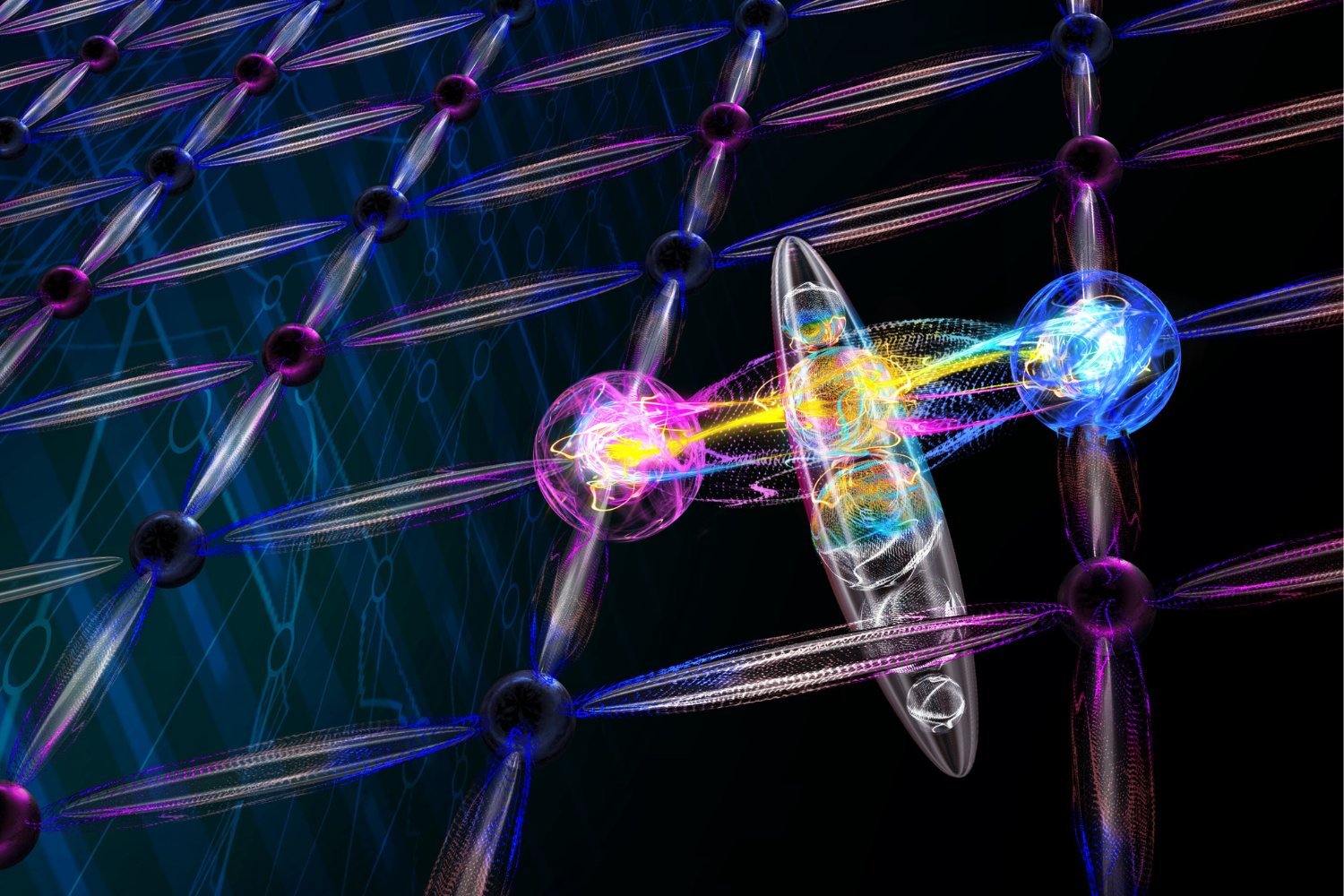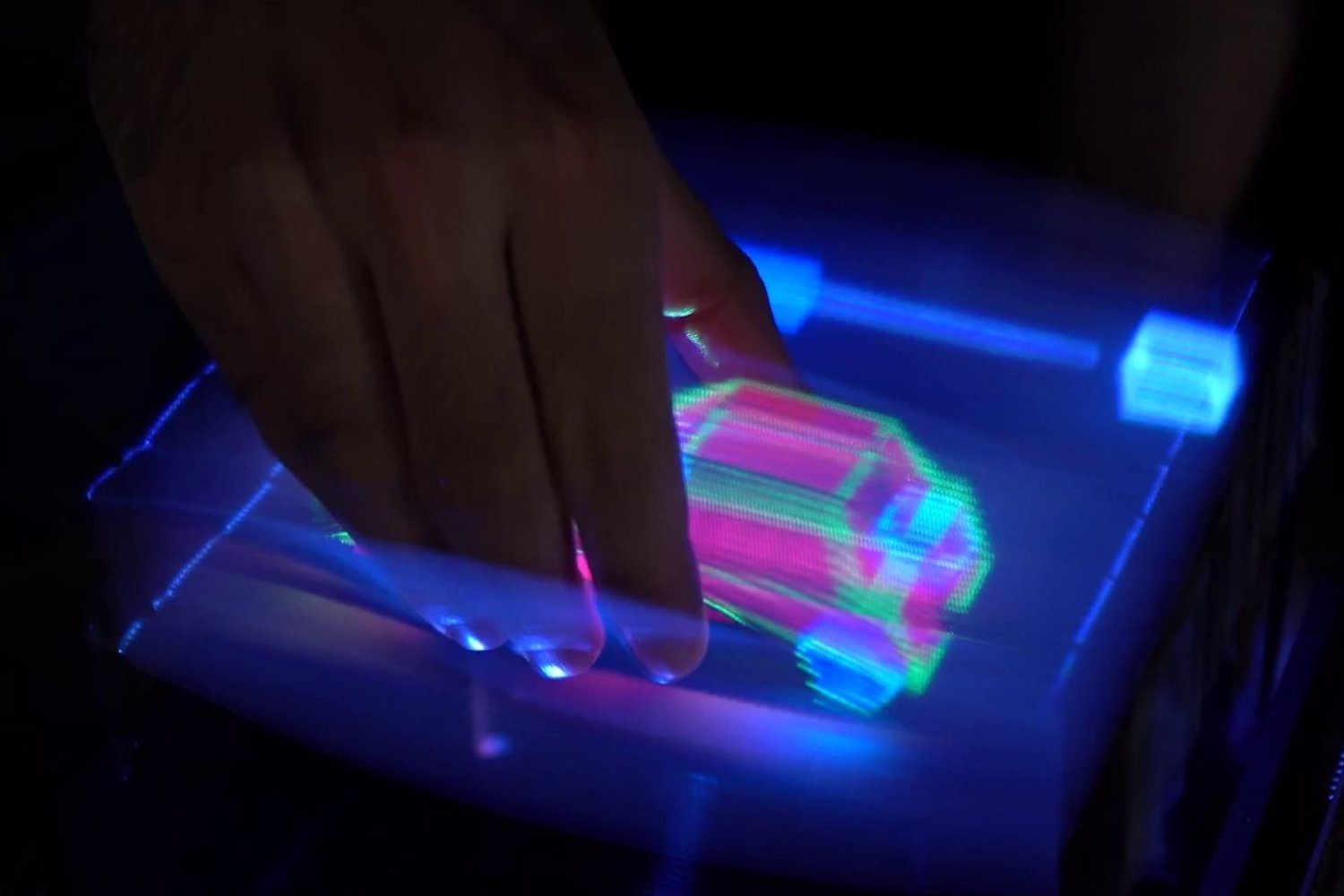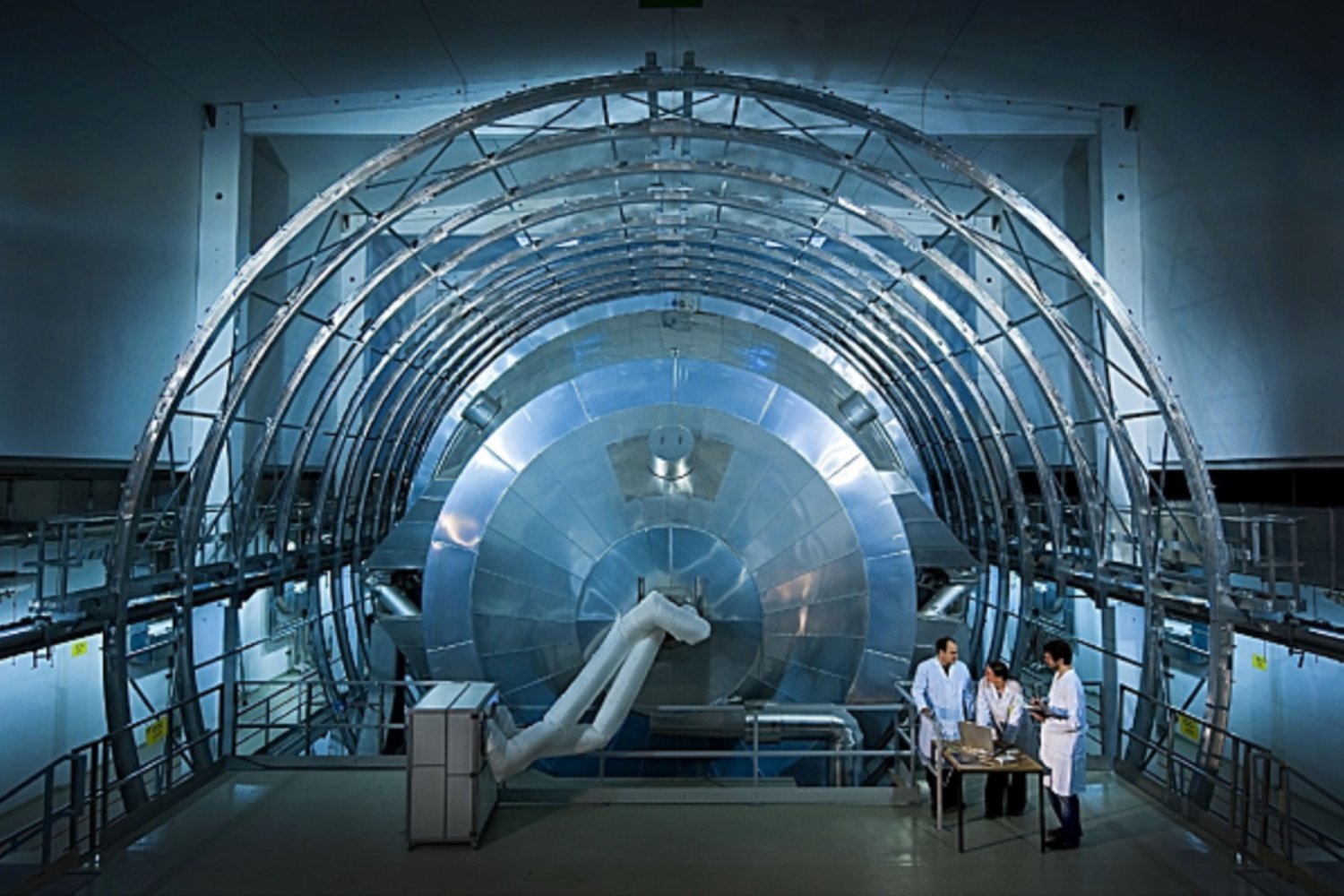The Miller-Urey experiment, a landmark study from 1952, proposed that lightning striking early Earth’s oceans could have triggered the formation of life’s building blocks. This hypothesis, however, faced criticism due to the vastness of the oceans and the infrequency of lightning strikes. Now, researchers at Stanford University offer a compelling new perspective: microlightning. Their research suggests that tiny sparks between water droplets, rather than large-scale lightning, may have been the catalyst for life’s emergence.
Early Earth, billions of years ago, lacked organic molecules with carbon-nitrogen bonds, essential components of life like DNA, RNA, proteins, and enzymes. The original Miller-Urey experiment successfully created these crucial organic molecules, including uracil and glycine, by passing an electrical current through a mixture of water and early Earth gases (methane, ammonia, and hydrogen). This groundbreaking study provided a possible explanation for the origin of life, but questions remained about the probability of such events occurring naturally.
The new Stanford study, published in Science Advances, addresses these concerns by focusing on the phenomenon of microlightning. When water is sprayed or splashed, as in a waterfall or crashing wave, the resulting droplets become electrically charged. Smaller droplets typically carry a negative charge, while larger droplets acquire a positive charge. When these oppositely charged droplets come close enough, tiny sparks of energy, termed “microlightning,” are exchanged. The team captured this phenomenon using high-speed cameras.
“We usually think of water as so benign, but when it’s divided in the form of little droplets, water is highly reactive,” explained Richard Zare, senior author of the study. Instead of applying electricity to a gas and water mixture as in the original Miller-Urey experiment, Zare’s team sprayed room temperature water into a mixture of early Earth gases.
This seemingly simple change yielded remarkable results. The microelectric discharges between the charged water droplets produced the same organic molecules observed in the original Miller-Urey experiment. This suggests a novel mechanism for prebiotic synthesis, the formation of life’s building blocks before life itself existed.
“On early Earth, there were water sprays all over the place—into crevices or against rocks, and they can accumulate and create this chemical reaction,” Zare added. This constant presence of water spray and the resulting microlightning offers a more plausible scenario for the widespread creation of organic molecules. This new research potentially resolves some of the key criticisms leveled against the original Miller-Urey hypothesis.
The discovery of microlightning’s potential role in the origin of life offers a compelling new perspective on this fundamental question. While the exact mechanisms that led to the emergence of life remain a mystery, this research provides a crucial piece of the puzzle, suggesting that life’s spark may have been far smaller and more frequent than previously imagined.










